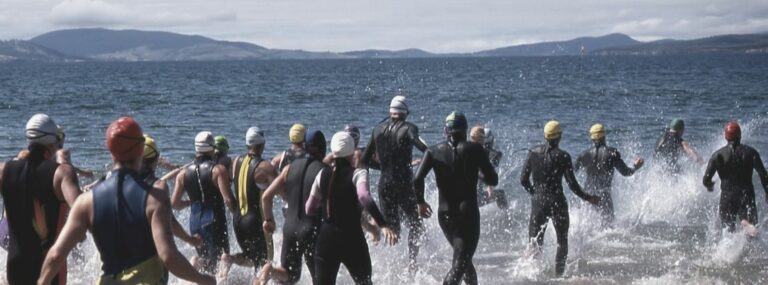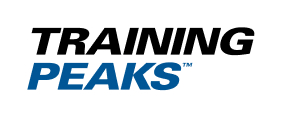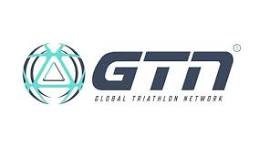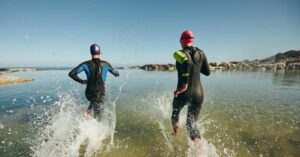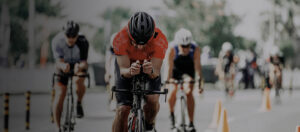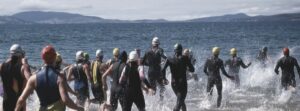What to consume during an IRONMAN 140.6 or IRONMAN 70.3 triathlon, to ensure you stay strong right through to the finish line…
During an IRONMAN or Half IRONMAN, you’ll burn four times more calories per hour than normal. Despite burning so many calories, you’ll barely feel like eating or drinking in the latter stages of the race. This is why you need to plan your nutrition carefully.
The energy you need for an IRONMAN event comes from a ratio of 65% carbohydrate and 35% fat. Thankfully we all have enough fat in our bodies, so we don’t need to consume any more during the race. However, our carbohydrate stores will run out after around 90-120 minutes.
To keep you energised and healthy during an IRONMAN you need to consume carbohydrate, water and salt (arguably). The more palatable your nutrition choices, the more you’ll be able to consume.
However, there are so many different nutrition options to choose from, it can be bewildering. Back in 2015 when I first wrote this article, I recommended using energy gels and chews, with water. Things have moved on since then.
There is a new type of carbohydrate product from the Swedish company Maurten (I have no ties to them). The world’s top marathon runners use Maurten products, often without sponsorship. The founder’s Dad is a Doctor and a triathlete. He observed that cancer drugs were given in something called a “hydrogel”, as a way of ingesting harsh medicines without being sick. He wondered if the same hydrogel technology could be used to help athletes cope better with energy drinks and gels during a race.
The hydrogel is made of pectin (from apples) and algin (from seaweed). The pectin and algin form a matrix that encapsulates the carbohydrate – a bit like a microscopic tea bag. It passes straight through your gut, into your small intestine, where it can be processed without causing stomach upsets. Whereas normal energy products just sit in your stomach and empty slowly.
For IRONMAN athletes, Maurten gels and drinks are potentially game-changing. They enable you to ingest more carbohydrate, with less risk of getting jelly-belly and other forms of gastrointestinal distress. A small bottle of Maurten 320 Drink Mix contains 80 grams of carbohydrate, which is the equivalent of four energy gels.
However, as with all energy products, it’s important that you use them regularly in training first. For example, Maurten energy gels are thick and can be hard to swallow sometimes. They may not suit you.
After working with over 10,000 athletes (mostly racing IRONMAN’s) through our premium, online training plans that come with free email coach support – for both IRONMAN 140.6 and IRONMAN 70.3 – here’s how I recommend you prepare for your event.
Swim Nutrition
It’s not practical to consume gels or drinks during an IRONMAN swim, so don’t bother. Just make sure you’re fuelled up beforehand. We cover that in detail in the “IRONMAN Race Day Nutrition Plan” section below.
Bike Nutrition
The bike section is the best time to take on nutrition because you can easily carry bottles, bars and gels. Your upper body is static, which makes it easier to consume food and drink on-the-move. Think of it as a buffet on wheels. We’ll explain how much to consume later, but for now, here’s what to carry.
- OPTION 1: Drink water for hydration and eat carbo-chews such as Clif BLOKS Energy Chews for carbohydrate. This is far more palatable than consuming energy gels and energy drinks together. After all, nobody wants to spend a whole day eating energy gels. Swallow a SaltStick capsule every hour for extra salt, depending on your sweat rate.
- OPTION 2: Consume Maurten 320 Drink Mix and nothing else. This drink is easiest on your gut, so you’ll absorb more carbohydrate. It also takes care of your hydration needs. If it’s a hot day and you’re sweating lots, consider using Maurten 160 Drink mix instead. This is the same product, but half as strong, so there’s more water to quench your thirst. Maurten drinks do contain some salt, but not that much. On hot days you may need to supplement this with SaltStick capsules (or similar).
Run Nutrition
By the time you get to the run, your gut will be compromised and you need to treat it kindly. This is where people really struggle. They commonly get jelly belly, cramps and diarrhoea – or just feel plain exhausted. Your nutritional strategy can help.
- Consume energy drinks in small, regular sips. Ideally with a 6-10% concentration of carbohydrate, so your gut can cope.
- Avoid energy gels and bars. Their carbohydrate is very concentrated and can cause gastrointestinal distress at this stage of your race.
- If you can’t cope with energy drinks, regularly sip Coke instead. It is like pure sugar and starts entering your bloodstream before it even reaches your stomach. Consume anything else you feel like – small bits of fruit often work well when you’re feeling lousy.
IRONMAN Race Day Nutrition Plan
Before your race, you should make a detailed hour by hour IRONMAN nutrition plan. It can be a time-consuming exercise, but it’s totally worthwhile. You don’t have to memorise it perfectly, but it’s still better than making it up on the day.
Below, we list how many grams of carbohydrate per kilogram of your bodyweight you’ll need to consume pre-race, according to IRONMAN University.
You will also see the recommended total carbohydrate, fluids and sodium intakes per hour, that you will need during your race to sustain your energy, hydration and electrolyte balance throughout.
We’ve written mostly in metric units. If you use US ounces, see the calculators below.
You’ll need to study the nutritional information on packets, and stick with products that are mostly carbohydrate. Avoid fibrous foods like corn or broccoli. Normally they are fine, but can cause stomach upset during a race.
Race Day Breakfast
Do your best here. Whatever you plan for race-day – be sure to have practised in training.
Choose volumes according to how much time you have pre-race:
If you choose to eat your breakfast 4 hours pre-race:
- Carbohydrate: 4 grams per kg (bodyweight). If you weigh 70kg = 280 grams of carbs.
- Fluid: 5–7 ml/kg. If you weigh 70kg = 350-490 ml.
- Sodium and Electrolyte: Consume 450–1120 mg (according to sweat rate) of sodium per litre from a sports drink, salt capsules or small amounts of salty food to stimulate thirst and retain consumed fluids.
OR/ If you choose to eat your breakfast 3 hours pre-race:
- Carbohydrate: 3 grams per kg (bodyweight). If you weigh 70kg = 210 grams of carbs.
- Fluid: 4–6 ml/kg. If you weigh 70kg = 280-420 ml.
- Sodium: Consume 450–1120 mg (according to sweat rate) of sodium per litre from a sports drink, salt capsules or small amounts of salty food to stimulate thirst and retain consumed fluids.
OR/ If you choose to eat your breakfast 2 hours pre-race:
- Carbohydrate: 2 grams per kg (bodyweight) . If you weigh 70kg = 140 grams of carbs.
- Fluid: 3–5 ml/kg. If you weigh 70kg = 210-350 ml.
- Sodium: Consume 450–1120 mg (according to sweat rate) of sodium per litre from a sports drink, salt capsules or small amounts of salty food to stimulate thirst and retain consumed fluids.
OR/ If you choose to eat your breakfast 1 hour pre-race:
- Carbohydrate: 1 gram per kg (bodyweight). If you weigh 70kgs = 70 grams of carbs.
- Fluid: 2–4 ml/kg. If you weigh 70kg = 140-280 ml.
- Sodium: Consume 450–1120 mg (according to sweat rate) of sodium per litre from a sports drink, salt capsules or small amounts of salty food to stimulate thirst and retain consumed fluids.
Just before start:
- Carbohydrate: 5–30 grams, 5-30 minutes before. For example, a half or full energy gel, or a few swallows of energy drink.
- Fluid: Ad-lib, to thirst.
During the bike:
- Carbohydrate: 60-70 grams of carbohydrate per hour. Some athletes may tolerate up to 90 grams. For example, six Clif Shot Blocks or 2/3 of a bottle of Maurten 320 every hour.
- Fluid: Maximum absorption is usually 1–1.2 litres per hour (32 to 40 fl. oz.) Depending on your sweat rate.
- Sodium: 500-700 mg/litre of fluid (32 fl. oz.). Salty sweaters: up to 1,000 mg/litre (32 fl. oz.)
During the run:
- Carbohydrate: 40-50 grams of carbohydrate per hour. Little and often. For a standalone marathon, you may be able to tolerate up to 60 grams of carbohydrate per hour.
- Fluid: Drink to thirst or dehydration level, sip little and often.
- Sodium: 500-700 mg per litre of fluid (32 fl. oz.). Salty Sweaters: up to 1,000 mg/Litre (or 32 fl. Oz)
